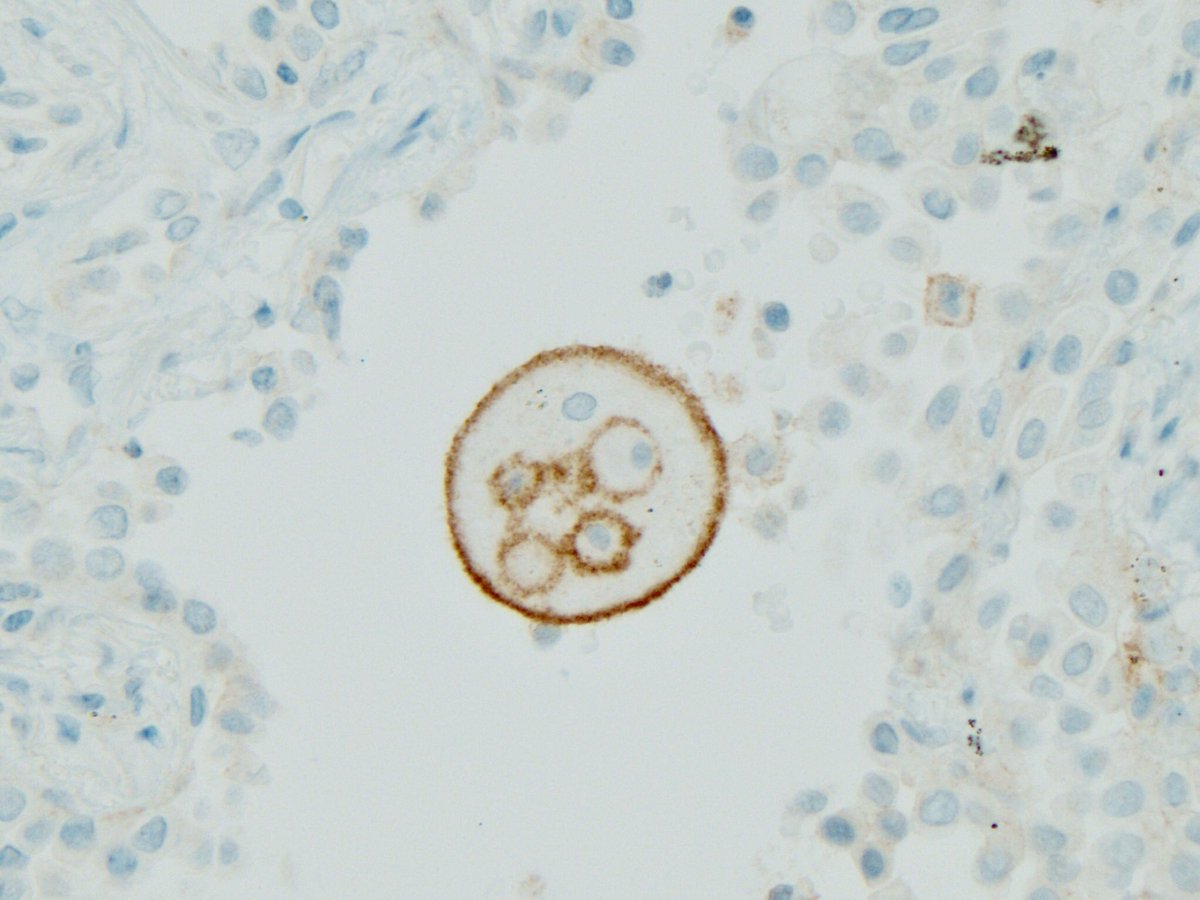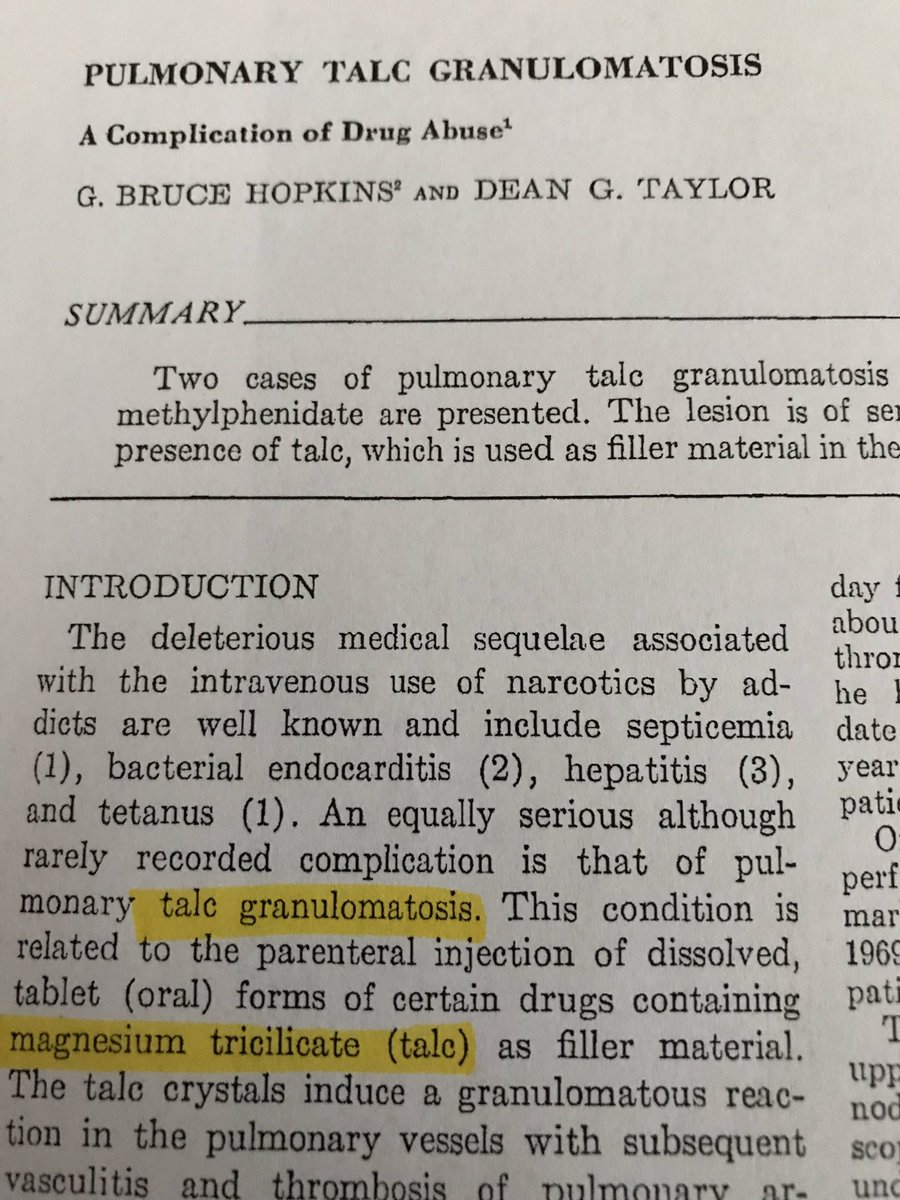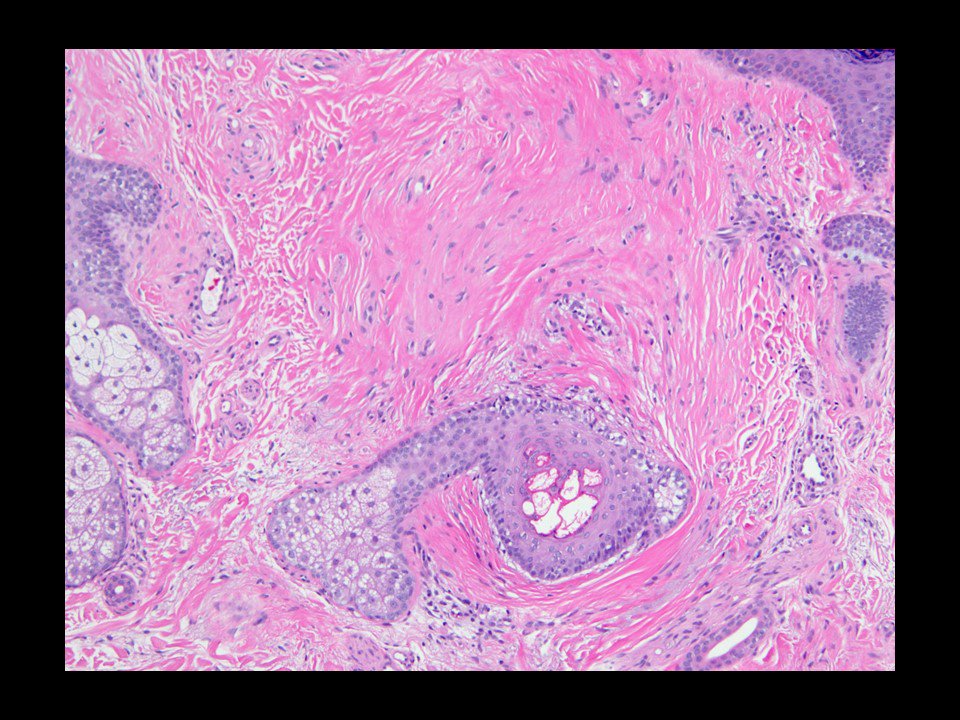
1/
Announcing a contest to win a free pathology textbook!
Thanks to a brilliant idea by @DrMissWV and a generous offer by @science_press and @LizMontgomeryMD we are giving away a few free textbooks in an educational tweet contest called #pathbracket . See thread 👇🏾
Announcing a contest to win a free pathology textbook!
Thanks to a brilliant idea by @DrMissWV and a generous offer by @science_press and @LizMontgomeryMD we are giving away a few free textbooks in an educational tweet contest called #pathbracket . See thread 👇🏾
https://twitter.com/jmgardnermd/status/1164900617451724801
2/
If you want to enter the contest, create a NEW educational pathology tweet between today and March 15 and tag it with #pathbracket
You must tag your own tweet. The tweet must have educational value. Tweetorials are allowed too. Contest is open to all.
If you want to enter the contest, create a NEW educational pathology tweet between today and March 15 and tag it with #pathbracket
You must tag your own tweet. The tweet must have educational value. Tweetorials are allowed too. Contest is open to all.
3/
On March 16, #PathTweetAward judges led by @DrGeeONE will donate their time to pick 32 of the best tweets to enter in a bracket similar to #MarchMadness . Credit with the idea of a bracket goes to @DrMissWV
Progression through the bracket will be on the basis of polls.
On March 16, #PathTweetAward judges led by @DrGeeONE will donate their time to pick 32 of the best tweets to enter in a bracket similar to #MarchMadness . Credit with the idea of a bracket goes to @DrMissWV
Progression through the bracket will be on the basis of polls.
4/
The brackets will be organized by @drchristineyu , who will shoulder the brunt of the work to make this happen.
#Pathbracket is open to residents, medical students, fellows and practicing pathologists all over the world.
@science_press will donate textbooks (at least 5!!)
The brackets will be organized by @drchristineyu , who will shoulder the brunt of the work to make this happen.
#Pathbracket is open to residents, medical students, fellows and practicing pathologists all over the world.
@science_press will donate textbooks (at least 5!!)

5/
👉🏾Only one tweet per contestant please
👉🏾Don’t forget to tag your tweet with #pathbracket
👉🏾please don’t tag other people’s tweets with #pathbracket . We only want folks who want to enter the contest to win a textbook
👉🏾Tweets created prior to today are not eligible
👉🏾Only one tweet per contestant please
👉🏾Don’t forget to tag your tweet with #pathbracket
👉🏾please don’t tag other people’s tweets with #pathbracket . We only want folks who want to enter the contest to win a textbook
👉🏾Tweets created prior to today are not eligible
6/
As @drchristineyu says here, this is a great way for medical students going into pathology to plunge in while they’re waiting for match results. You might win a great textbook by bolstering your own education in #pathbracket . So go ahead and tweet!
What say you @KMirza ?
As @drchristineyu says here, this is a great way for medical students going into pathology to plunge in while they’re waiting for match results. You might win a great textbook by bolstering your own education in #pathbracket . So go ahead and tweet!
What say you @KMirza ?
https://twitter.com/drchristineyu/status/1367822048005853189
• • •
Missing some Tweet in this thread? You can try to
force a refresh








